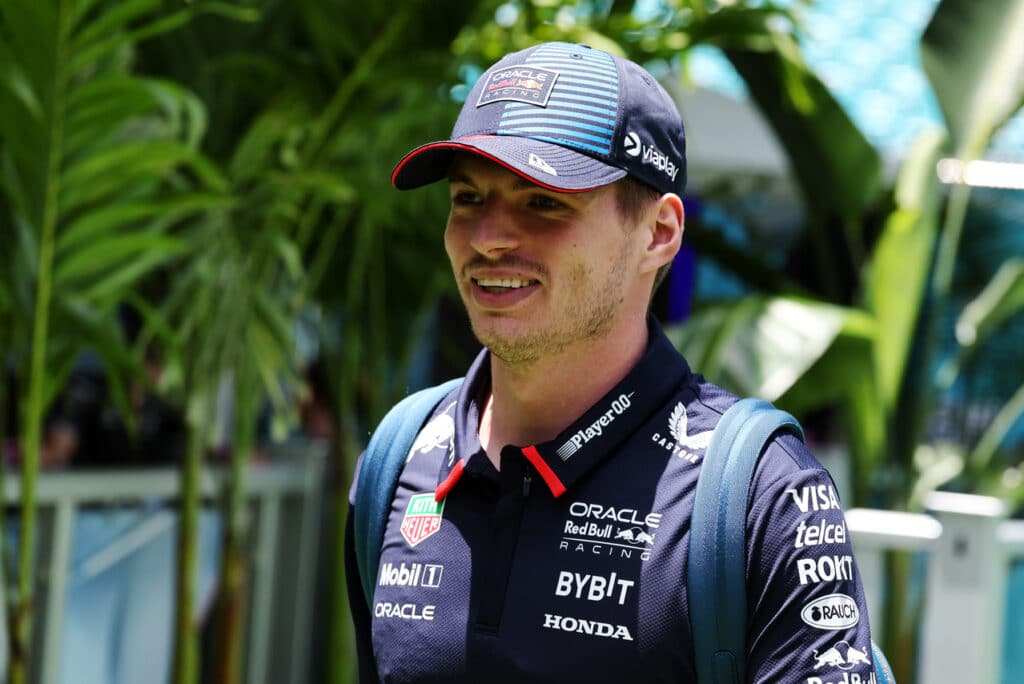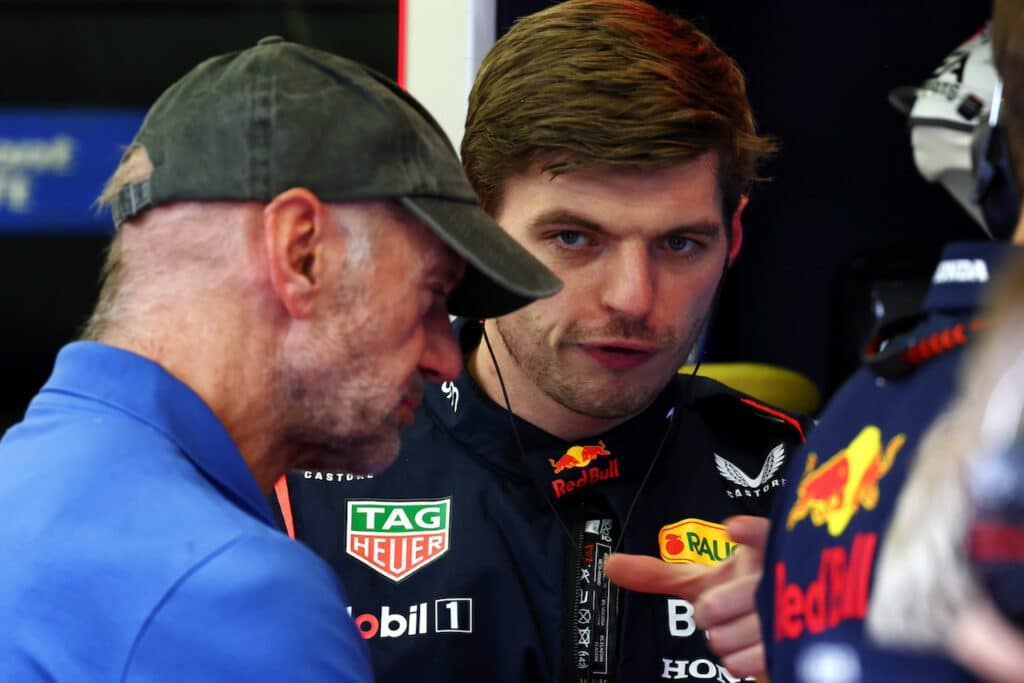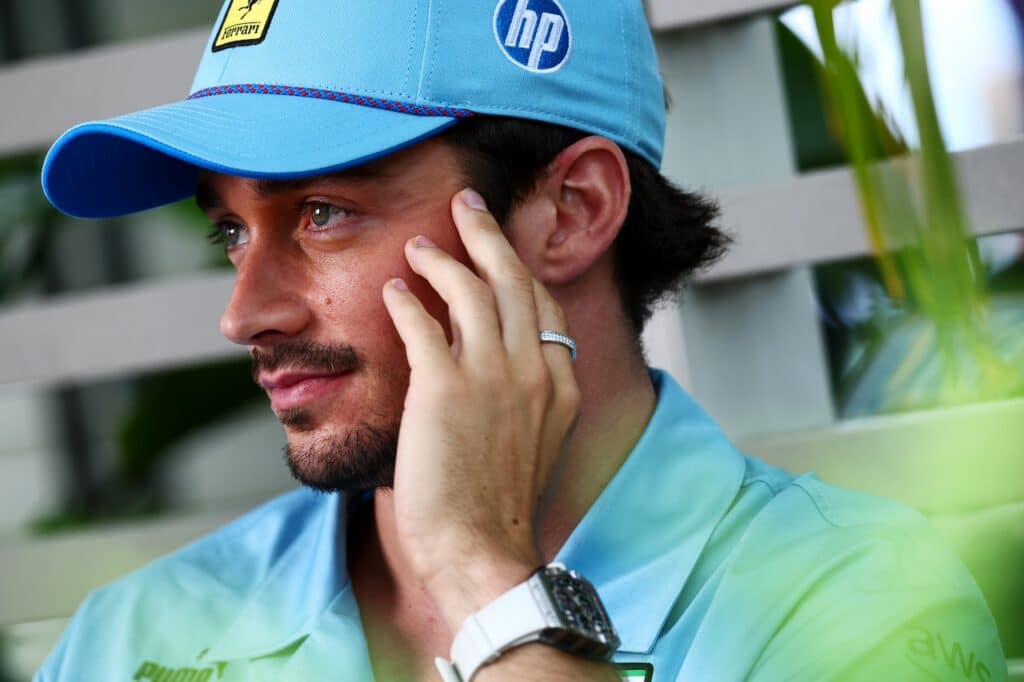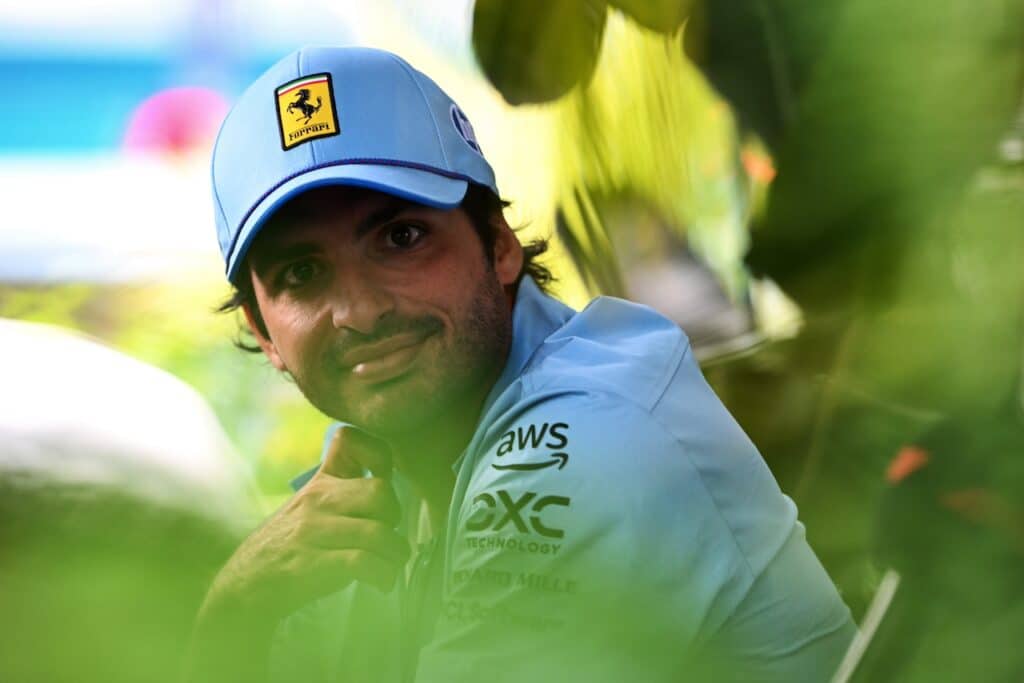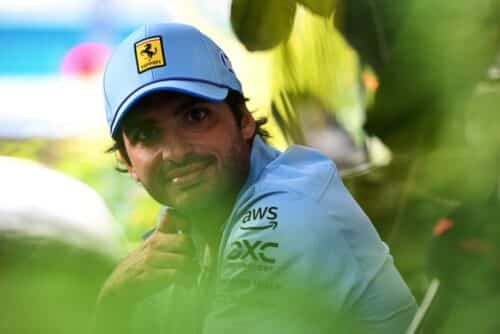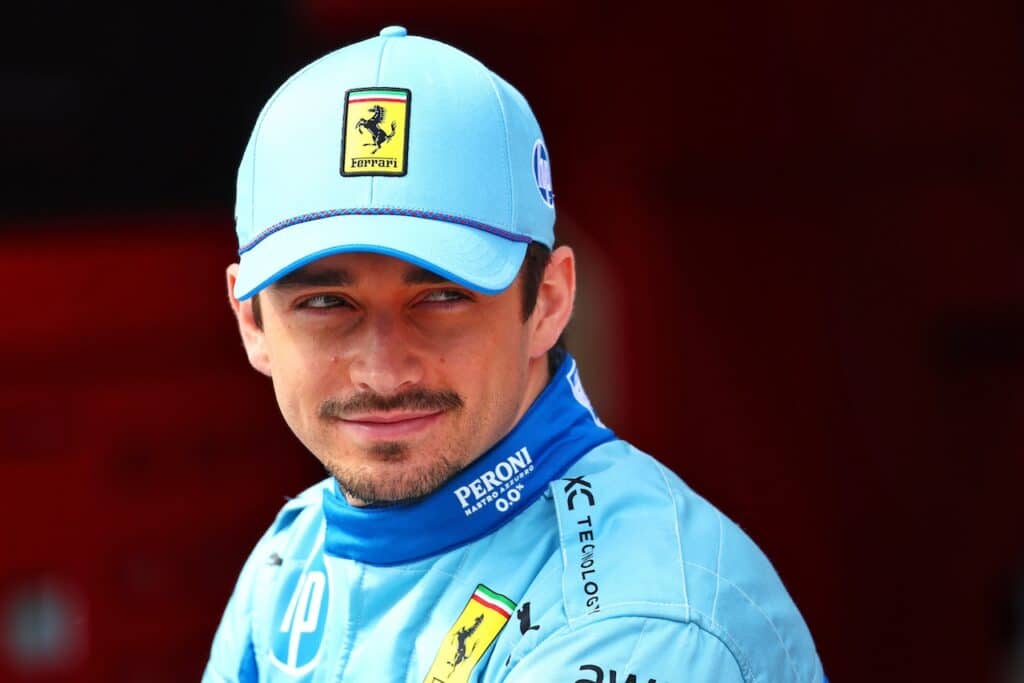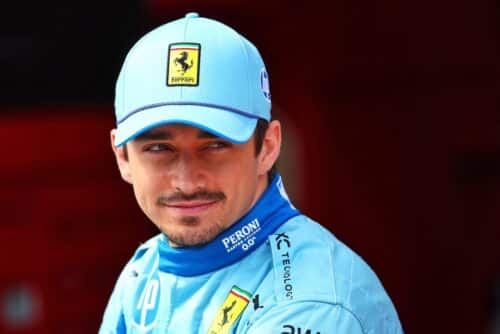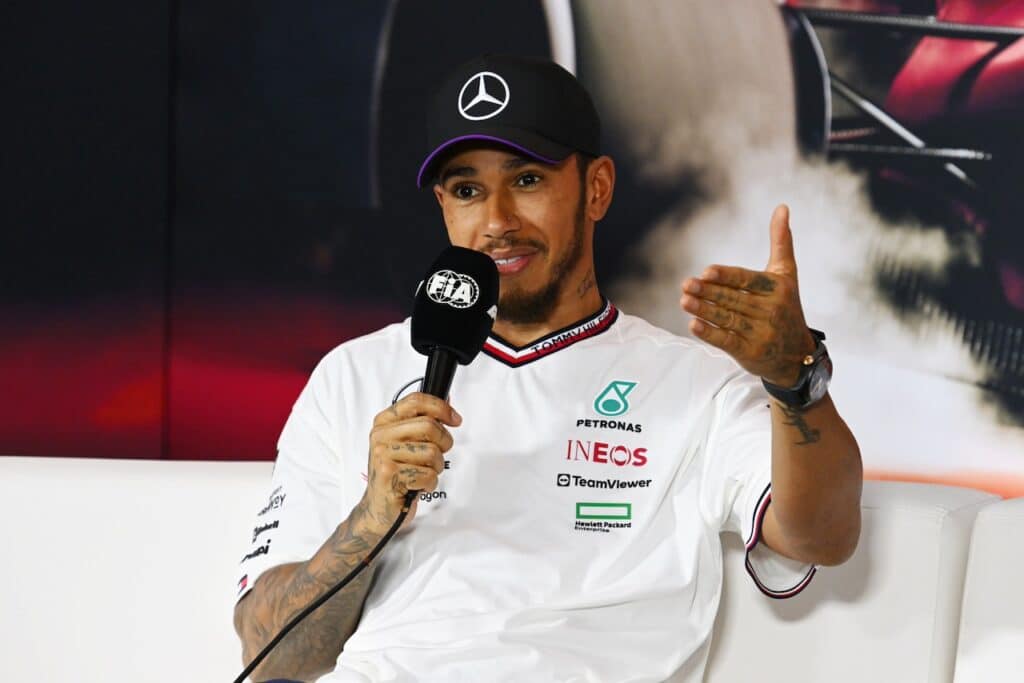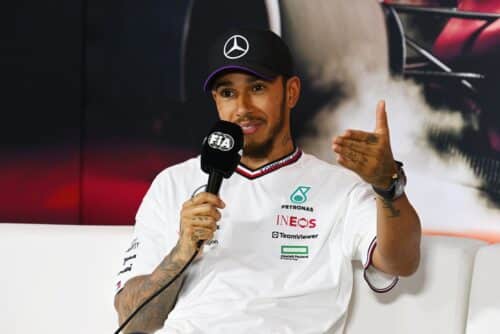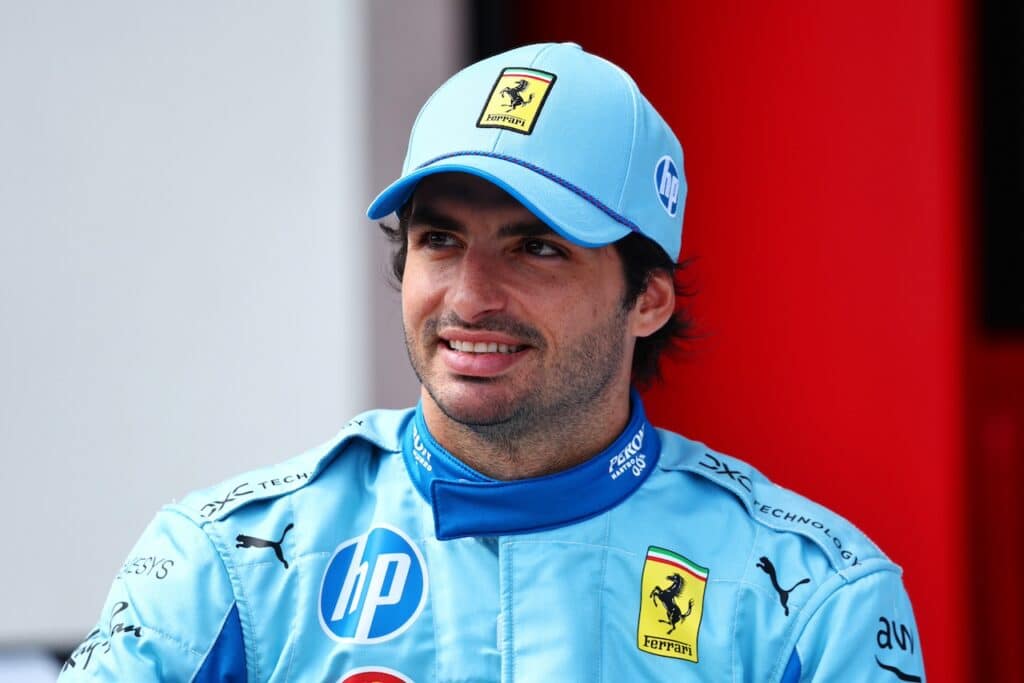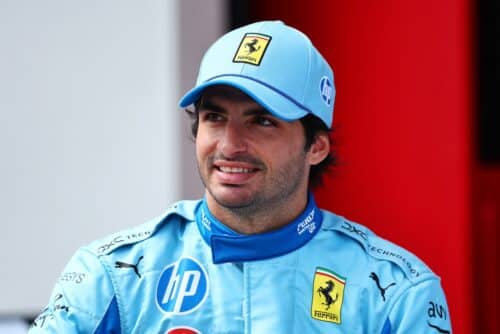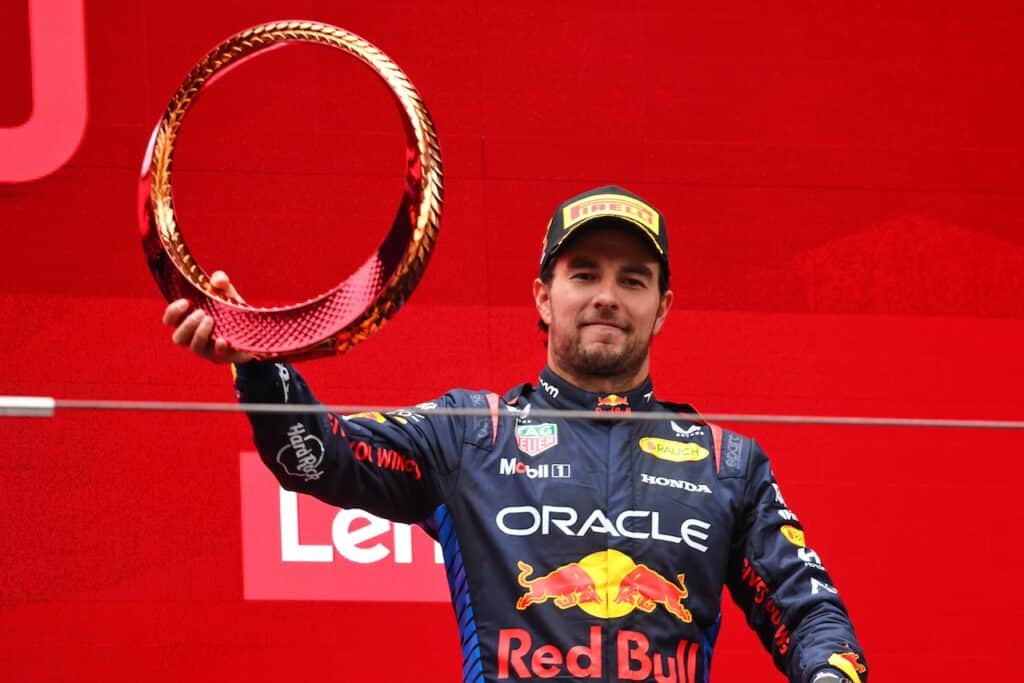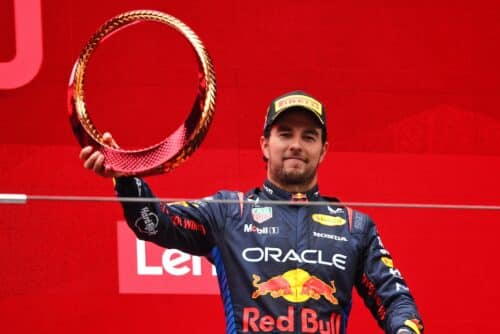Ferrari: a polka at the Hungaroring
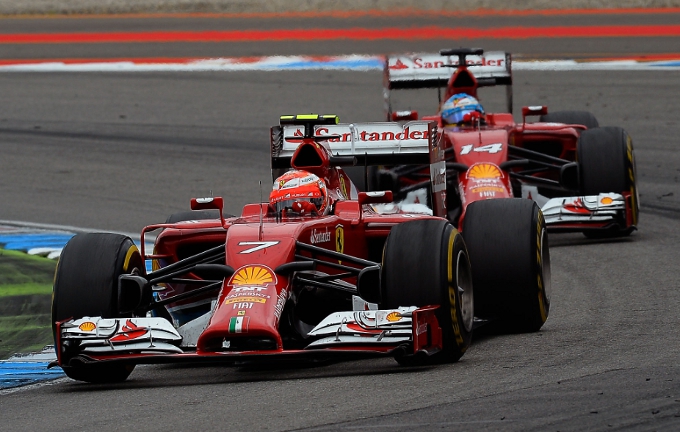
formula 1 – The one running on Sunday is the 29th Hungarian Grand Prix. The race has always been held on the Hungaroring track, just outside Budapest, a track which has undergone several changes although never significant. Scuderia Ferrari won five times, representing 18% of the occasions.
Behind the Iron Curtain. The debut on the calendar came in 1986 when the inclusion of a race behind the Iron Curtain caused quite a stir, in a period in which the Cold War was still a reality and the boycotts of the opposing blocs were still fresh in the sporting world at the 1980 Moscow and 1984 Los Angeles Olympics. The intuition was spot on, and the race is still among those with the highest number of spectators despite the fact that the Hungaroring is narrow, short, slow, always very dirty and very difficult to overtake. Formula 1, however, has been able to write some great pages here too.
The feat of 1989. One of these bears the signature of Nigel Mansell and Ferrari. The English driver ran into terrible qualifying and managed to get only the 12th time. In the race Nigel started well and immediately gained four positions. In front of everyone was Riccardo Patrese followed by Ayrton Senna. Mansell managed an incredible comeback, lapping even a second faster than everyone else. Once Patrese left the scene, Senna and Mansell remained fighting for the victory, but the Ferrari driver seemed unable to overtake. The Englishman however managed a real feat, overtaking Senna taking advantage of a moment of uncertainty from the Brazilian during the lapping of Stefan Johansson with the Onyx. It was an incredible comeback: Nigel won by 25 seconds over Ayrton.
The Schumacher era. To see a winning Ferrari again in Hungary it was necessary to wait until 1998 and Michael Schumacher. The German, in fact, was once again the author of one of his masterpieces: Michael had a faster pace than that of the McLarens ahead of him and so, together with Ross Brawn, he decided to switch from the two-stop strategy to the three-stop strategy. . For success, the German needed to lap at a qualifying pace. Obviously Michael succeeded by mocking both Mika Hakkinen and David Coulthard. In 2001, Hungary tasted particularly sweet for Schumacher and Ferrari: Michael won ahead of teammate Rubens Barrichello and became world champion with four races to spare. The following year it was instead a parade finish with the victory going to the Brazilian. Ferrari's last victory dates back to 2004, which was a record triumph for Michael Schumacher: the German won and equaled Hakkinen's record with 9 fastest laps in a season and Ascari's record of 7 consecutive successes.
Fernando's first. Fernando Alonso's first Formula 1 victory is also linked to the Hungaroring. It was the 2003 season and the Spaniard brought Renault success back after 20 years of waiting, crowning a perfect weekend that had started on Saturday with pole position. The Spaniard, at 22 years and 26 days, thus became the youngest Grand Prix winner in history.
Fear. But the Hungaroring for Scuderia Ferrari is also synonymous with great fear. In qualifying for the 2009 edition, Felipe Massa was hit in the face by a spring that came loose from Barrichello's BrawnGP. The Brazilian lost consciousness and ended up against the barriers. Extracted from the car and taken to hospital, he completely recovered and returned to the car regularly from the following year.
if you want to always be updated on our news
Follow us here
